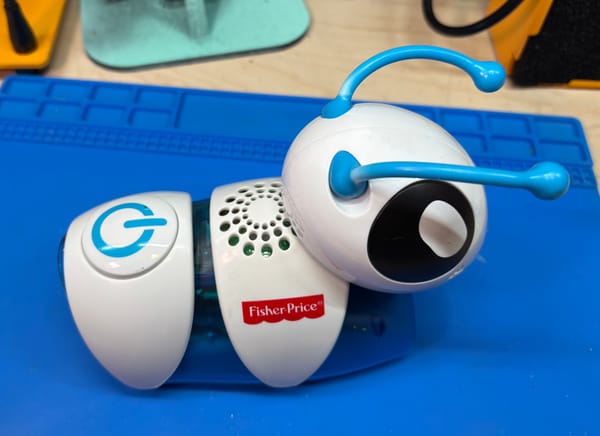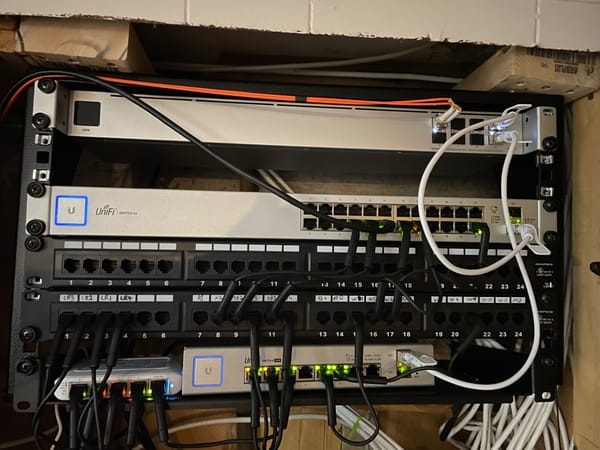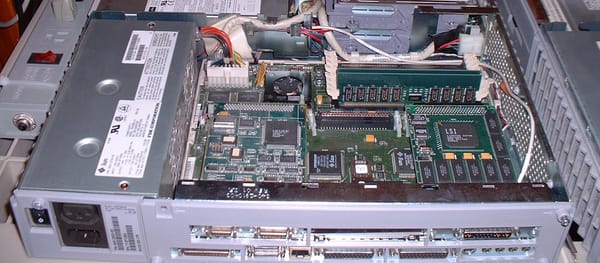Can You Make a Keyboard With Tiny LCD Screens? Optimus Keyboard
The Optimus Maximus Keyboard redefined innovation with OLED screens on every key, paving the way for devices like the Stream Deck. Discover its groundbreaking design, rare legacy, and modern successors.
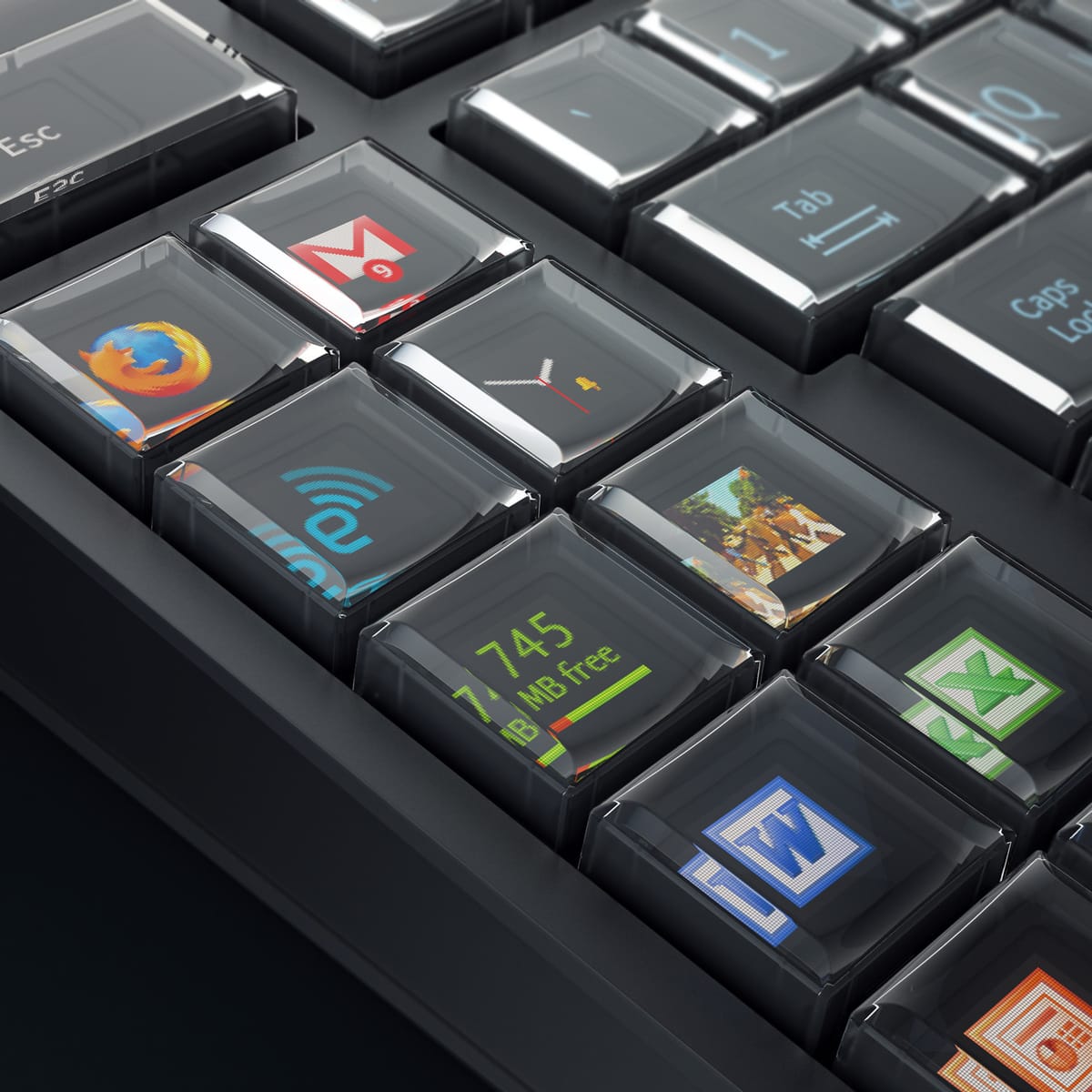
Once in a while, a technology emerges that redefines how we interact with the digital world. Devices like the iPod revolutionized music, and the Oculus Rift brought virtual reality into the mainstream. Among these transformative innovations, the Optimus Maximus Keyboard, introduced by Art. Lebedev Studio in the mid-2000s, stands as a fascinating experiment in fully customizable hardware.
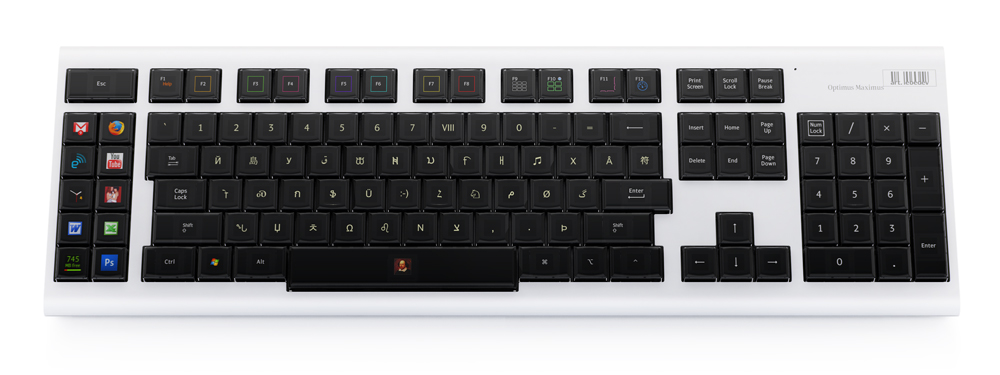
The Optimus Maximus wasn’t just a keyboard—it was a marvel of engineering ambition. Each of its keys featured an individual OLED display embedded in the keycap, capable of dynamically displaying any icon, symbol, or shortcut. This design allowed users to completely reconfigure the keyboard for different tasks, languages, or applications. However, the same feature that made it revolutionary also made it prohibitively expensive and impractical for mass adoption.
Each Key Was Its Own Screen
The Optimus Maximus set itself apart with its independent OLED keycaps—a technology unheard of at the time. Unlike modern customizable devices, which often use a shared screen to simulate dynamic keys, the Optimus dedicated a screen to each key. This meant that every single key could transform independently, adapting to new layouts, applications, or even visual themes.
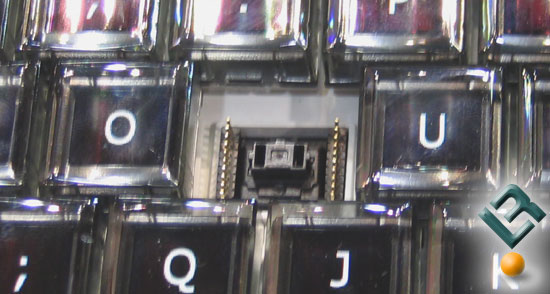
The drawback of this approach was cost. Each key was effectively a miniature display, making replacements cumbersome and expensive. A malfunctioning key meant replacing not just the cap but an entire OLED screen. Upon its release in 2008, the Optimus Maximus retailed for around $1,500 to $2,000, cementing its status as a niche luxury product. Only a limited number were ever sold, and even fewer shipped, making it an extremely rare collector’s item today.
Follow-Up: The Optimus Popularis
Art. Lebedev Studio later introduced a successor, the Optimus Popularis, which adopted a more practical design. Instead of OLEDs for each key, it used a single large LCD screen underneath plastic keys.

This design mimicked what modern devices like the Stream Deck do today, reducing costs while maintaining dynamic customization. Although still expensive compared to traditional keyboards, the Optimus Popularis was more accessible than its predecessor and demonstrated how Art. Lebedev continued to push the boundaries of hardware innovation.
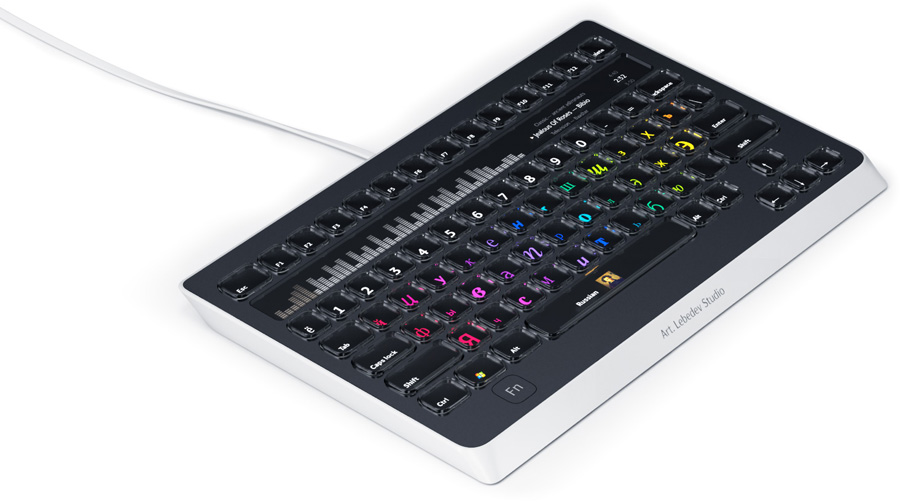
Why Art. Lebedev Studio Built the Optimus
Art. Lebedev Studio, a Russian design firm founded in 1995, is known for its bold, experimental projects that challenge conventional design norms. The Optimus Keyboard was born from the studio’s ethos of combining art and functionality in groundbreaking ways. The goal was to create a keyboard that transcended its role as a simple input device, instead becoming a highly adaptable tool for creative professionals, gamers, and technology enthusiasts.
While the Optimus Maximus never achieved commercial success, its development was a testament to the studio’s commitment to innovation. By exploring the limits of what was possible, Art. Lebedev inspired a wave of dynamic, user-customizable peripherals that followed in its wake.
A Precursor to the Stream Deck
Fast forward to today, and the Optimus Maximus’s DNA can be seen in devices like Elgato’s Stream Deck, which serves content creators and live streamers. The Stream Deck achieves similar functionality through a single LCD screen divided into segments, making it far more affordable and practical. This design has become the gold standard for customizable interfaces.

The concept of dynamic input devices has also inspired other major players in the industry. Logitech entered the space by acquiring Loupedeck, a company specializing in customizable consoles aimed at creatives. Meanwhile, Razer, known for its gaming peripherals, developed its own line of customizable devices, such as the Razer Stream Controller. These efforts demonstrate how the vision pioneered by the Optimus Maximus has become a cornerstone of modern peripheral innovation, with major brands refining and expanding on the idea.
The Optimus’s Rare Legacy
The Optimus Maximus is remembered not as a commercial triumph but as a bold experiment that redefined what peripherals could achieve. Its rarity makes it a prized piece of hardware history, while its influence can be seen in modern tools that balance customization with affordability.
Art. Lebedev Studio’s work on the Optimus series remains a fascinating example of how visionary design can inspire new technologies, even if the products themselves don’t achieve mass appeal.

